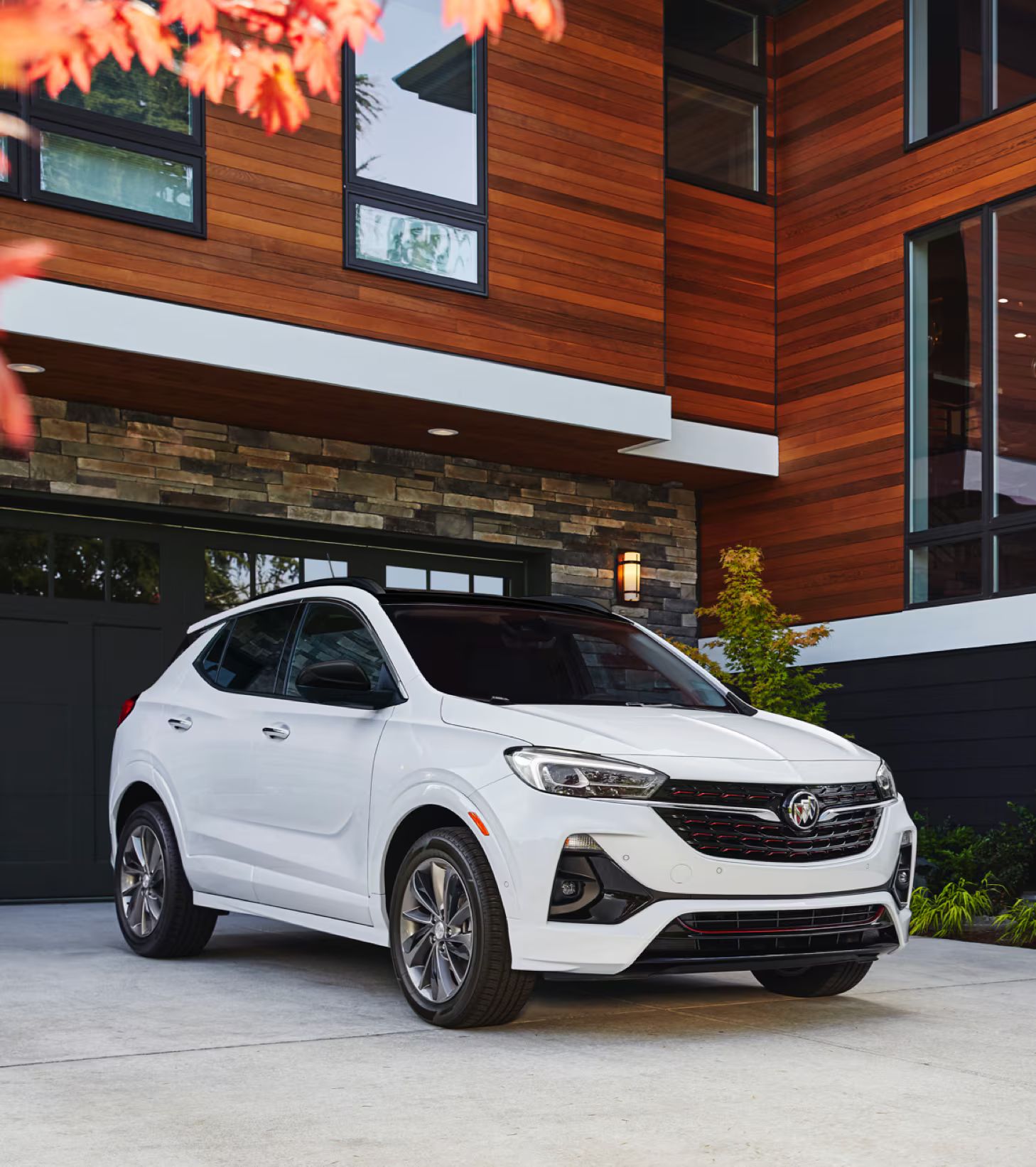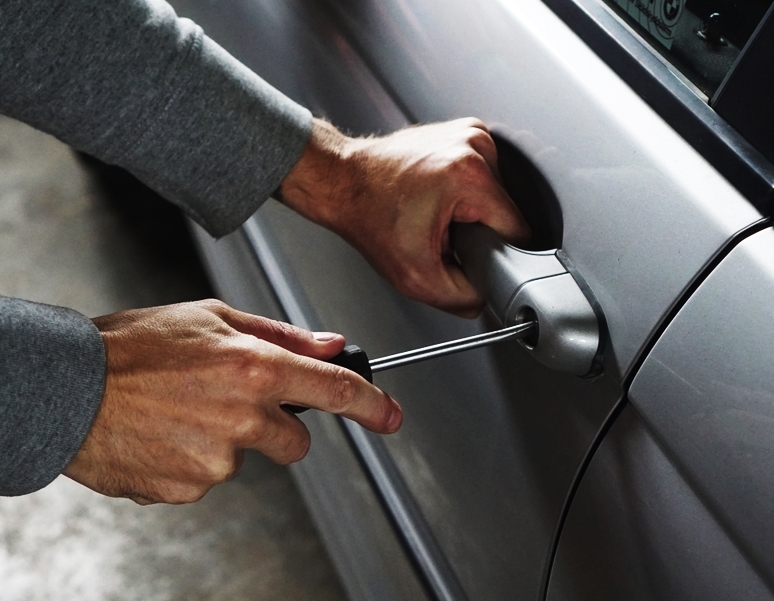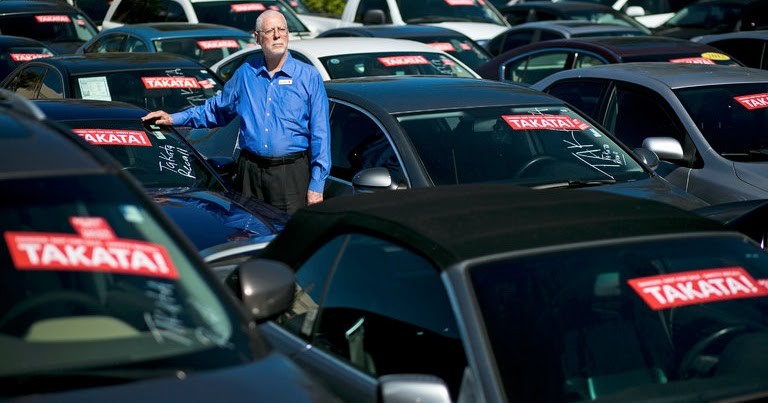
When embarking on the exciting journey of purchasing a used car, consumers often find themselves captivated by initial impressions, carefully weighing factors like the sticker price, appealing features, and sleek design. These elements undeniably play a significant role in the decision-making process, influencing immediate perceptions of value and desirability. However, an informed buyer understands that the true cost of vehicle ownership extends far beyond what is visible on the showroom floor or listed in an online advertisement. Overlooking potential underlying issues can quickly transform a seemingly smart purchase into a financial burden.
Savvy car buyers are acutely aware that a host of hidden problems, ranging from chronic transmission failures to exorbitant depreciation rates and unexpectedly high repair costs, can silently lurk beneath a polished exterior. These concealed pitfalls have the power to inflict considerable headaches and mercilessly drain a wallet, turning the dream of a new ride into a year-long nightmare of unforeseen expenses. It is precisely these long-term financial implications and operational frustrations that demand careful consideration before a commitment is made.
To help consumers navigate this complex landscape, we reached out to Chris Pyle, a seasoned auto mechanic and trusted expert from JustAnswer, who generously shared his invaluable insights. Pyle, drawing upon years of hands-on experience and extensive professional knowledge, has identified a specific list of cars he would unequivocally advise against purchasing. His warnings are not based on superficial preferences but on concrete observations regarding reliability, maintenance expenses, and overall ownership value. This article delves deep into Pyle’s candid assessment, providing you with the essential information needed to make truly informed decisions and avoid costly mistakes.
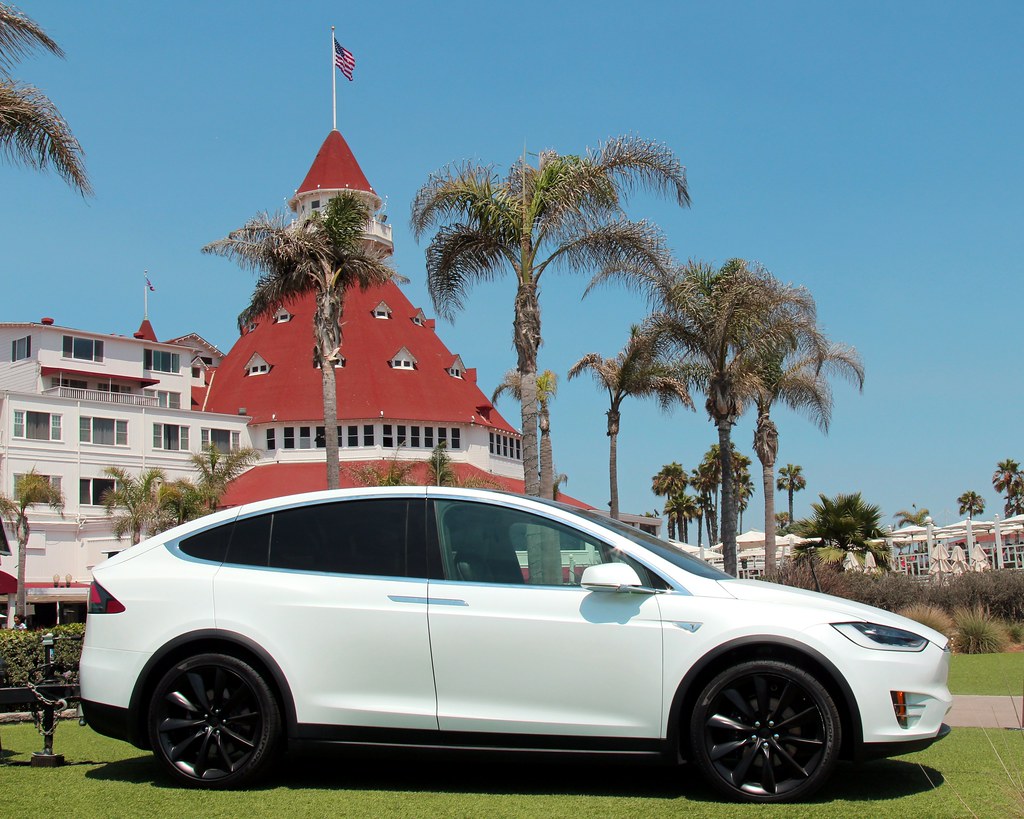
1. **Tesla**
Tesla vehicles have undeniably carved a unique niche in the automotive market, lauded for their groundbreaking innovation and captivating appeal. According to Car and Driver, Tesla “has proven that electric vehicles can be desirable, combining outstanding performance and high-tech interiors with usable driving range.” This widely acknowledged allure certainly makes a compelling case for many prospective owners, promising an advanced driving experience that seems to defy conventional expectations of what an electric vehicle can be. However, this impressive facade, unfortunately, conceals a less glamorous truth that emerges once these high-tech machines require maintenance.
Driving a Tesla may indeed present itself as a wonderful experience, brimming with cutting-edge technology and responsive performance, but this perception often takes a dramatic turn when the inevitable need for repairs arises. Chris Pyle ranks Tesla, alongside Rivian, at the very top of his list of cars he would actively avoid purchasing. His primary concern stems from a critical imbalance: the cost of owning the car, particularly when significant components fail, far outweighs its initial purchase price and long-term value. For context, a 2024 Tesla Model 3 starts at nearly $41,000, a substantial investment that Pyle believes is ultimately undermined by its associated repair challenges.
Pyle’s assessment is rooted in a pragmatic understanding of vehicle economics. He plainly states, “The reasons are the cost of ownership once a motor or battery fails, and the repair cost is far more than the vehicle value.” This perspective highlights a fundamental issue unique to advanced electric vehicles: while their operational costs may be lower in terms of fuel, the expense of rectifying major mechanical or electrical failures can be astronomically high. Such issues don’t just reduce the car’s resale value; they can render it a financial black hole, swallowing more money than the car is worth.
Further reinforcing Pyle’s expert opinion, Dash Lewis, a contributor to Jalopnik—a respected news and opinion website dedicated to car culture—corroborates that Tesla ranks among the most expensive cars to repair and maintain. This isn’t merely anecdotal; the data suggests that owners should anticipate an average expenditure of $5,552 in repair costs throughout their ownership period. A significant contributing factor to this elevated expense is the proprietary nature of Tesla car parts. These components are often unique to the brand, making them both difficult to source and, predictably, subject to premium pricing, much like parts for other luxury vehicles.
The high repair costs associated with Tesla vehicles are not just a luxury car phenomenon; they stand out even within the electric vehicle segment. Lewis’s analysis further estimated that, over its lifetime, repairing a Tesla costs approximately $1,078 more than repairing other electric vehicles. This specific financial disparity underscores that the issue isn’t simply the general expense of EV maintenance, but rather a particular challenge inherent to Tesla’s repair ecosystem. For a consumer seeking long-term value and predictable maintenance costs, the financial implications of Tesla ownership present a substantial deterrent.
Read more about: 15 Trucks Owners Wish They Never Bought: Unpacking the Crippling Costs and Regrets
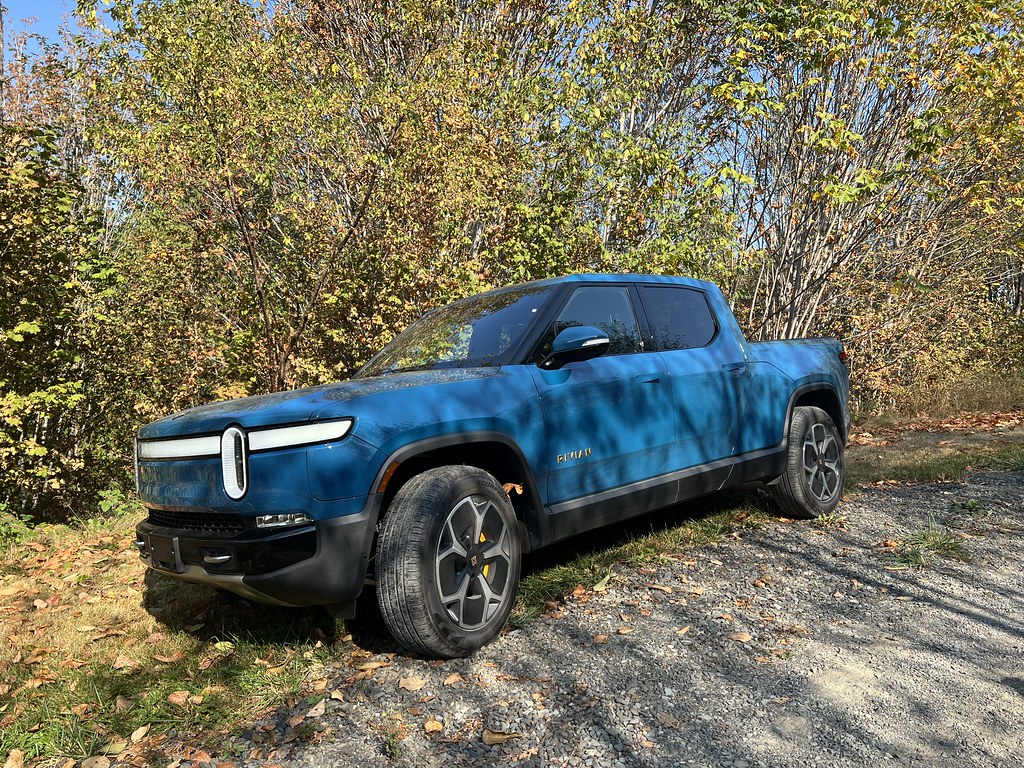
2. **Rivian**
Sharing the top spot with Tesla on Chris Pyle’s list of vehicles to avoid is Rivian, another prominent player in the electric vehicle market. Rivian is recognized as a California-based start-up that has quickly made a name for itself by manufacturing premium electric SUVs and pick-up trucks from its factory in Illinois. These vehicles have garnered attention for their rugged capabilities, innovative design, and promising contribution to the evolving landscape of sustainable transportation. However, their pioneering spirit does not exempt them from the harsh realities of repair and maintenance costs, which Pyle warns are particularly prohibitive.
Pyle’s stern warning about Rivian centers specifically on the financial aftermath of unforeseen incidents. He emphasizes, “The high cost of collision repairs and collision insurance can often be a car payment in itself.” This statement from an experienced mechanic sheds light on a crucial, often overlooked, aspect of vehicle ownership. While a new 2025 Rivian RIT pick-up truck commands a starting price of $71,000, a figure that already places it in the premium segment, the financial burden becomes exponentially greater when the vehicle is involved in an accident, even a seemingly minor one.
The real-world experiences of Rivian owners serve as stark testaments to Pyle’s cautionary words. One particular anecdote shared on an online forum vividly illustrates the potential financial shock awaiting Rivian owners. What initially appeared to be a minor accident, characterized by a bent bumper cover and a dented tailgate, escalated into an astonishingly expensive and time-consuming ordeal. The mechanic working on the vehicle discovered that the repair necessitated disassembling the truck’s entire rear end, a complex process that ultimately stretched over two and a half months.
The financial fallout from this “minor accident” was nothing short of staggering. The Rivian owner recounted their initial insurance estimate for the damage, which optimistically pegged the cost at around $1,600, leading to a preliminary check being issued for that amount. However, the final repair bill, after the extensive work and specialized parts required, skyrocketed to an unbelievable “over $42,000!” This dramatic discrepancy between the initial estimate and the ultimate cost underscores the severe financial risks associated with owning a Rivian, especially when considering the potential for collision damage.
This alarming incident highlights a critical point for any prospective buyer: the structural complexity and unique components of Rivian vehicles mean that even seemingly superficial damage can lead to deep, expensive repairs. The financial vulnerability exposed by such a situation is a significant concern for Chris Pyle, who advises against these vehicles precisely because the unpredictable and often astronomical repair costs can quickly eclipse any perceived benefits of ownership. For many consumers, facing a repair bill that rivals the cost of a new car is a risk simply not worth taking.
Car Model Information: 2023 Hyundai SANTA FE SEL 2.4
Name: Rivian Automotive, Inc.
Logo: Rivian logo and wordmark.svg
FormerName: Unbulleted list
Type: Public company
TradedAs: Unbulleted list
Isin: ISIN
Founded: Rockledge, Florida
Founder: R. J. Scaringe
HqLocationCity: Irvine, California
HqLocationCountry: U.S.
Locations: 63 service centers (2025)
AreaServed: North America
KeyPeople: Unbulleted list
Industry: Unbulleted list
Products: Unbulleted list
Production: decrease 49,476 vehicles (2024)
Services: Unbulleted list
Revenue: increase}} {{US$
OperatingIncome: [object Object]
NetIncome: [object Object]
Assets: decrease}} {{US$
Equity: decrease {{US$
Owner: class=nowrap,Amazon (company),Abdul Latif Jameel,Volkswagen Group,Ford Motor Company
NumEmployees: 14,861
NumEmployeesYear: 2024
Website: url
Categories: 2009 establishments in Michigan, 2021 initial public offerings, All Wikipedia articles written in American English, All articles containing potentially dated statements, American companies established in 2009
Summary: Rivian Automotive, Inc., is an American electric vehicle manufacturer and automotive technology company founded in 2009. Rivian produces an electric sport utility vehicle (SUV), a pickup truck on a “skateboard” platform that can support future vehicles or be adopted by other companies, and an electric delivery van, the Rivian EDV. Rivian started deliveries of its R1T pickup truck in late 2021. The company planned to build an exclusive charging network in the United States and Canada by the end of 2023.
Rivian is based in Irvine, California, with its manufacturing plant in Normal, Illinois, and other facilities in Palo Alto, California; Carson, California; Plymouth, Michigan; Burnaby, British Columbia; Wittmann, Arizona; Woking, England; and Belgrade, Serbia. Rivian has plans to build another US$5 billion factory in Social Circle, Georgia. The company raised over US$13.5 billion in financing following its initial public offering in November 2021.
Get more information about: Rivian
Buying a high-performing used car >>>
Brand: Rivian Model: SUVs and Pick-up Trucks
Price: $21,499 Mileage: 18,514 mi.
Read more about: 15 Trucks Owners Wish They Never Bought: Unpacking the Crippling Costs and Regrets

3. **Any New Truck**
In a market brimming with powerful and versatile options, Chris Pyle offers a broad and perhaps surprising recommendation: he would personally avoid purchasing any new truck, a category that includes popular models from Ford, Dodge, Chevy, Nissan, and Toyota. This sweeping advisory stems not from issues of reliability or inherent flaws in the trucks themselves, but rather from a profound financial reality that impacts their value proposition for the initial buyer. His stance challenges the conventional wisdom that often prioritizes acquiring the latest model, urging consumers to consider the long-term economics instead.
Pyle’s primary contention with new trucks, regardless of their specific make or model, is straightforward: “The light-duty up to the heavy-duty models are way overpriced.” This assessment points to the inflated price tags that accompany new trucks today, a cost that he believes does not align with their actual depreciated value over time. While the allure of a brand-new vehicle, complete with all the latest features and a pristine warranty, is undeniable, Pyle’s expert perspective highlights that this initial premium quickly evaporates, leaving the first owner with a significant financial loss.
The core of Pyle’s argument against buying new trucks lies in their rapid depreciation during the initial years of ownership. He explains, “In the first five years of ownership, you are going to lose about 35% to 55% of the car value in the $30,000 to $50,000 price range.” This substantial decline in value represents a significant financial hit for the buyer, essentially paying a hefty premium to drive a vehicle during its steepest depreciation curve. The actionable advice derived from this observation is clear and compelling: “It is better to buy one used so that the first owner takes the loss.”
To put this depreciation into tangible terms, consider an example provided by CarEdge, an online vehicle reseller. Their estimates for a Ford F-350 Super Duty, a popular choice in the heavy-duty truck segment, indicate a projected depreciation of 36% after five years. This means that a truck initially sold for $76,350 would have a five-year resale value of nearly $49,000. The difference of over $27,000 represents the direct financial consequence of purchasing new, a sum that many consumers could ill afford to lose in such a relatively short period.
Despite the fact that today’s heavy-duty trucks are frequently described by Car and Driver as versatile machines, serving as “workhorses, luxury vehicles, high-performance machines, and comfortable cruisers,” Pyle’s warning remains pertinent. While these attributes certainly contribute to a truck’s desirability and utility, they do not insulate the buyer from the significant financial erosion caused by rapid depreciation. For consumers focused on value and long-term financial prudence, opting for a well-maintained used truck, where the initial depreciation has already been absorbed by a previous owner, presents a far more economical and sensible choice.
Read more about: Unlock Hidden Savings: An Expert’s Guide to Slashing Your Car Insurance by 30% Annually – No Company Switch Required!
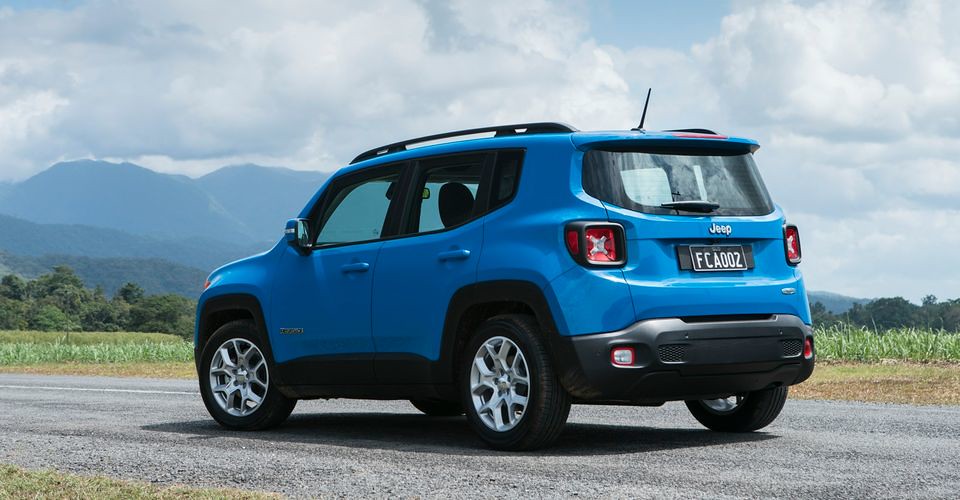
4. **Jeep Renegade**
When considering smaller SUVs, the Jeep Renegade frequently appears on the radar of potential buyers, often drawing attention with its distinctive styling and the rugged brand image of Jeep. However, Chris Pyle explicitly advises against this model, highlighting a significant concern that impacts its practicality and value. His primary apprehension stems from a fundamental issue related to its operational reliability: “Not so much the cost of the repairs, but the frequency in which they are needed.” This distinction is critical, as it points to a pattern of recurring problems rather than isolated, expensive fixes.
The frequent need for repairs transforms the Jeep Renegade from an adventurous companion into a frustrating liability for many owners. Pyle notes, “For many, these cars spend more time sitting in a car lot waiting for repairs compared to being driven trouble-free.” This anecdotal evidence from a professional mechanic paints a vivid picture of a vehicle that struggles with consistent operation, perpetually tied to the service bay rather than fulfilling its intended purpose on the road. Such a scenario inevitably leads to significant inconvenience, lost time, and a diminished return on investment for the owner.
Independent evaluations further support Pyle’s expert assessment regarding the Renegade’s value proposition. Edmunds Car Review, a respected authority in automotive evaluations, rated the 2023 Jeep Renegade a modest 6 out of 10 in terms of overall value. Their reviewers pointed to a critical disconnect between the vehicle’s price and its offerings. They stated, “The Renegade is one of the most expensive vehicles in its class.” This high price might be justifiable if it came with an abundance of features or exceptional quality, but Edmunds found this not to be the case.
Edmunds reviewers elaborated on the Renegade’s shortcomings, noting, “That might be OK if you got lots of features and value for the price, but you don’t. Interior build quality is fine, but there’s nothing exceptional inside and it feels like you’re paying a lot of for the rough-and-tumble Jeep styling.” This critique underscores that the Renegade’s appeal is largely superficial, relying heavily on its aesthetic and brand heritage rather than delivering tangible value in terms of features, performance, or, critically, reliability. For consumers seeking a dependable and cost-effective compact SUV, the Jeep Renegade’s propensity for frequent repairs and its questionable value-for-money make it a vehicle to approach with extreme caution, echoing Pyle’s strong recommendation.
Car Model Information: 2010 Jeep Liberty Renegade
Name: Jeep Renegade
Manufacturer: Jeep
Production: 2014–present
ModelYears: 2015–2023 (US & Canada),2015–present (Mexico)
Assembly: ubl
Designer: Jeremy Glover and Ian Hedge
Class: Subcompact crossover SUV
BodyStyle: SUV
Layout: Front-engine, front-wheel-drive layout
Platform: GM Fiat Small platform
Related: Fiat 500X,Fiat 500L,Fiat Tipo (2015),Fiat Toro
Engine: ubl
Motor: 45 kW
Abbr: on
Transmission: Fiat Powertrain Technologies,Fiat Powertrain Technologies,Fiat Powertrain Technologies,Fiat Powertrain Technologies,Aisin,Fiat Powertrain Technologies,ZF Friedrichshafen
Battery: lithium-ion battery
Drivetrain: PHEV
Wheelbase: 101.2 in
Length: 166.6 in
Width: 71.1 in
Height: 66.5 in
Weight: convert
Sp: us
Categories: 2020s cars, All-wheel-drive vehicles, All articles with bare URLs for citations, Articles with PDF format bare URLs for citations, Articles with bare URLs for citations from August 2024
Summary: The Jeep Renegade is a subcompact crossover SUV produced by Stellantis under their Jeep marque. It was first shown to the public in March 2014 at the Geneva Motor Show and production started in late August of that year. The Renegade was the smallest vehicle currently marketed by Jeep, until the arrival of the Avenger. It slots between the Avenger and the Compass. It is based on the FCA Small Wide 4×4 platform, which is also shared with other FCA models, including those from Fiat and Alfa Romeo brands.
The Renegade comes as standard with front-wheel drive, with optional four-wheel drive systems Active Drive I and Active Drive Low, both of which are paired with Jeep’s Selec-Terrain System.
Get more information about: Jeep Renegade
Buying a high-performing used car >>>
Brand: Jeep Model: Renegade
Price: $7,900 Mileage: 133,276 mi.
Read more about: A Costly Lesson Learned: 15 New Cars Buyers Would “Unbuy” to Escape Terrible Fuel Economy
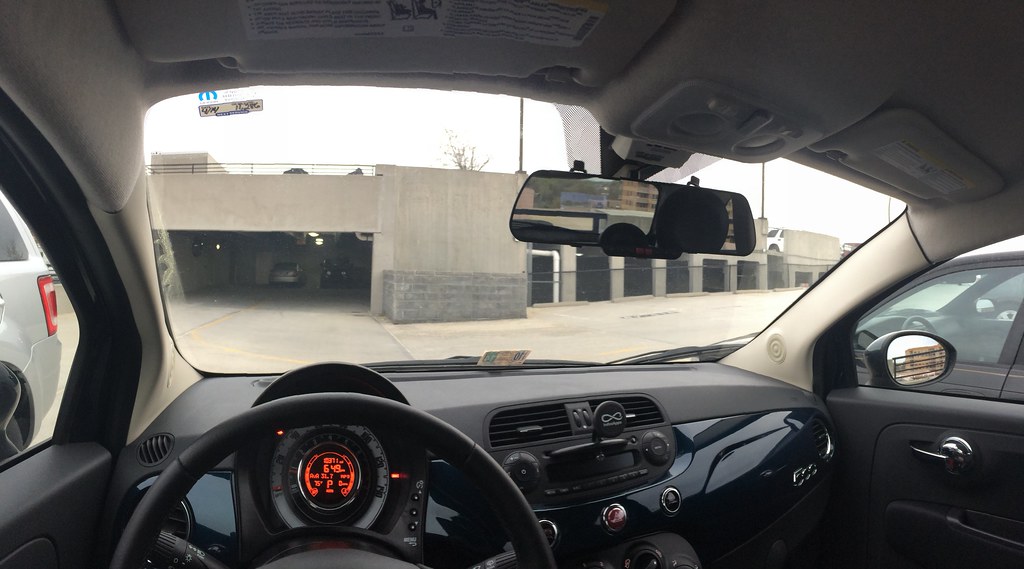
5. **Fiat 500**
Closely related to the Jeep Renegade, the Fiat 500 also lands on Chris Pyle’s list of vehicles to avoid, primarily due to its shared underlying architecture and, consequently, similar reliability concerns. Both models share the same chassis, which, in Pyle’s professional experience, translates directly into a comparable propensity for requiring frequent mechanical attention. This foundational commonality means that the Fiat 500, much like its Jeep counterpart, is prone to recurrent issues that can severely detract from the ownership experience and inflate long-term costs. The core issue, as Pyle identified for both, is the regularity of repairs.
While the underlying mechanical vulnerabilities may be shared, the Fiat 500 does carve out a slightly different niche in terms of its presentation and some reviewer perceptions. The 2023 Fiat 500X, for example, fared marginally better in Edmunds reviewers’ assessments than the Renegade, earning a 7 out of 10 value score. This slight improvement often stemmed from specific aesthetic and tactile qualities. Testers particularly appreciated the vehicle’s “soft-touch materials” and the distinctive, matching body-color panels that contribute to its unique European flair and interior appeal. However, these stylistic flourishes ultimately fail to address the deeper, more pervasive issues that concern expert mechanics.
Despite these appreciated design elements, Edmunds reviewers did not shy away from highlighting significant drawbacks that align with Pyle’s warnings about overall value. They specifically disliked the Fiat 500X’s “expensive price tag and ‘charmless accessory sounds.’” These criticisms point to a disconnect between the premium pricing and the actual quality or refinement of the vehicle. The “charmless accessory sounds” speak to a lack of attention to detail and a generally unpolished user experience, suggesting that while some materials might be soft, the overall impression is one of corners being cut or a hurried development process.
Edmunds reviewers offered constructive criticism, suggesting that “Changing those (price tag and accessory sounds) would go a long way to elevate the feel of this car.” This highlights that even with appealing interiors, the fundamental issues of value and refinement are undermined by its cost and annoying quirks. Ultimately, Pyle’s warning remains paramount: the frequency of repairs, regardless of the individual cost of each fix, makes the Fiat 500 a financially taxing and inconvenient vehicle to own. The recurring trips to the repair shop can quickly negate any initial appeal or perceived aesthetic advantages, making it a problematic choice for consumers prioritizing reliability and cost-effectiveness in their used car purchase.
Car Model Information: 2013 FIAT 500 Abarth
Name: Fiat 500
Caption: 1970 Fiat 500 L
Aka: Puch 500
Manufacturer: Fiat Automobiles
Production: 1957–1975,3,893,294 units
Assembly: Turin,Desio
Designer: Dante Giacosa
Class: City car
BodyStyle: ubl
Layout: Rear-engine, rear-wheel drive layout
Doors: Suicide door,Car door#Conventional
Related: Autobianchi Bianchina,NSU/Fiat Weinsberg 500,Vignale Gamine,Autobianchi Giardiniera
Engine: Cubic centimetre,499 cc I2,594 cc I2
Transmission: Manual transmission
Wheelbase: {{convert,1840,mm,in,1,abbr=on
Abbr: on
Length: 2970 mm
Width: 1320 mm
Height: 1320 mm
Weight: 499 kg
Predecessor: Fiat 500 “Topolino”
Successor: Fiat 126,Fiat 500 (2007)
Sp: uk
Categories: 1960s cars, 1970s cars, All Wikipedia articles written in British English, All articles with unsourced statements, Articles containing Italian-language text
Summary: The Fiat 500 (Italian: Cinquecento, pronounced [ˌtʃiŋkweˈtʃɛnto]) is an economy / city car that was manufactured and marketed by Fiat Automobiles from 1957 until 1975. It was sold as a two-door semi-convertible or saloon car and as a three-door panel van or estate car.
Launched as the Nuova (new) 500 in July 1957, as a successor to the 500 “Topolino”, it was an inexpensive and practical small car. Measuring 2.97 metres (9 feet 9 inches) long, and originally powered by a rear-mounted 479 cc two-cylinder, air-cooled engine, the 500 was 24.5 centimetres (9.6 inches) smaller than Fiat’s 600, launched two years earlier, and is considered one of the first purpose-designed city cars.
In 1959, Dante Giacosa received a Compasso d’Oro industrial design prize for the Fiat 500. This marked the first time a Compasso d’Oro was awarded to an automotive manufacturer.
Get more information about: Fiat 500
Buying a high-performing used car >>>
Brand: Fiat Model: 500
Price: Not Priced Mileage: 35,154 mi.
Read more about: A Costly Lesson Learned: 15 New Cars Buyers Would “Unbuy” to Escape Terrible Fuel Economy
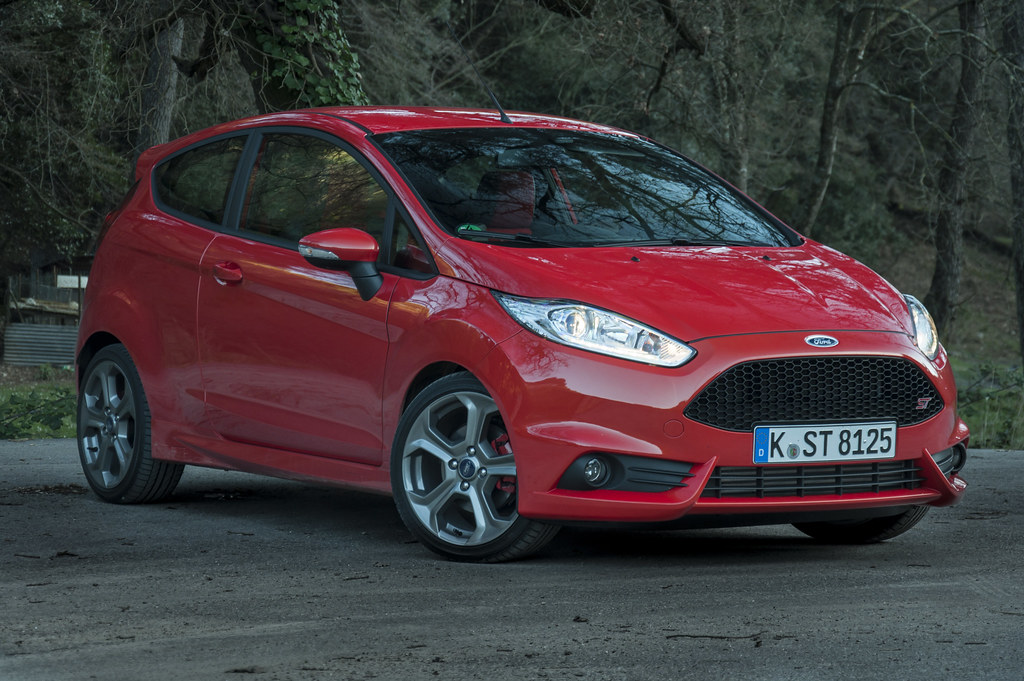
6. **Ford Fiesta**
Continuing our exploration of vehicles that veteran mechanic Chris Pyle advises against, we now turn our attention to the Ford Fiesta. This model, particularly those produced since 2012, has unfortunately earned a reputation for a specific and costly mechanical flaw that significantly impacts its long-term reliability and overall ownership value. Pyle places the Fiesta squarely in a category of cars plagued by critical transmission issues, making it a potentially expensive gamble for any unsuspecting used car buyer.
The core of the problem for the Ford Fiesta lies with its PowerShift transmission, specifically identified as a dual-clutch transaxle system. Chris Pyle unequivocally states that these sophisticated transmissions “do not hold up” under typical driving conditions. This isn’t merely a minor inconvenience; a failing transmission invariably leads to extremely expensive repair costs, often surpassing a significant portion of the vehicle’s market value. Such a fundamental mechanical failure can quickly turn an affordable used car into a financial black hole.
Beyond the sheer cost, owners face a significant logistical hurdle when these transmissions inevitably falter. Pyle highlights that most independent repair shops are either unwilling or unable to competently undertake these complex repairs. This critical lack of widespread expertise forces owners to rely almost exclusively on authorized dealership service centers, where labor rates and proprietary parts typically command premium prices, further inflating the financial burden associated with these vehicles.
Indeed, the concerns surrounding the Ford Fiesta’s PowerShift transmission are far from new or isolated incidents. Since 2012, the vehicle has been the subject of numerous class-action lawsuits, with allegations that the manufacturer was fully aware of the transmission’s inherent design flaws yet continued to market and sell the cars. Owners have consistently reported a litany of recurring problems, including unsettling shuddering, noticeable hesitation during acceleration, and ultimately, complete transmission failure, often even after multiple attempts to rectify the issues through replacing clutches, output shafts, and even entire transmission units. This well-documented cycle of repairs and subsequent failures makes the Ford Fiesta a precarious choice for anyone seeking dependable and cost-effective transportation.
Car Model Information: 2014 Ford Fiesta SE
Name: Ford Fiesta
Manufacturer: Ford Motor Company
Production: June 1976 – July 2023
Class: Supermini
BodyStyle: hatchback
Layout: Front-engine, front-wheel-drive layout
Successor: Ford Puma (crossover)
ModelYears: 1978–1980, 2011–2019 (North America)
Categories: 1980s cars, 1990s cars, 2000s cars, 2010s cars, 2020s cars
Summary: The Ford Fiesta is a supermini car that was marketed by Ford from 1976 to 2023 over seven generations. Over the years, the Fiesta has mainly been developed and manufactured by Ford’s European operations, and had been positioned below the Escort (later the Focus).
Ford had sold over 15 million Fiestas from 1976 to July 2011, making it one of the best-selling Ford nameplates behind the Escort and the F-Series. It has been manufactured in the United Kingdom, Germany, Spain, Brazil, Argentina, Venezuela, Mexico, Taiwan, China, India, Thailand, and South Africa.
The Fiesta was discontinued in 2023, after over 22 million units had been made. The final Ford Fiesta rolled off the production line on 7 July 2023.
Get more information about: Ford Fiesta
Buying a high-performing used car >>>
Brand: Ford Model: Fiesta
Price: $7,488 Mileage: 75,861 mi.
Read more about: Buyer Beware: These 12 Popular Cars Become Costly Money Pits Once They Hit 100,000 Miles

7. **Nissan Cars (with CVT issues)**
Another significant category of vehicles that consumers should approach with extreme caution, according to Chris Pyle, includes various Nissan cars, particularly those equipped with Continuous Variable Transmissions, or CVTs. This warning extends beyond a single model, encompassing a range of Nissan vehicles that have exhibited persistent and costly transmission-related problems, profoundly undermining their perceived value and long-term practicality for owners. Pyle’s expert assessment highlights the CVT as a major Achilles’ heel for these models, casting a long shadow over their reliability.
Much like the Ford Fiesta’s problematic dual-clutch system, the CVTs found in many Nissan cars are cited by Pyle as mechanisms that demonstrably “do not hold up” over time. This fundamental lack of durability translates directly into the prospect of substantial financial outlays for owners. When these CVTs inevitably fail, the repair expenses are not only high due to the component’s complexity but also often necessitate specialized expertise and proprietary diagnostic tools, adding to the overall cost burden.
The practical implications of owning a Nissan car with a failing CVT are far-reaching. As Pyle points out, the specialized nature of these repairs means that many independent shops are reluctant or unable to handle them, effectively channeling owners towards more expensive dealership service centers. This dependency on dealerships for critical repairs limits consumer options, often resulting in higher bills and extended periods of vehicle downtime, transforming a daily driver into a constant source of frustration and unexpected expense.
Concrete evidence of these widespread issues can be found in numerous complaints filed with the National Highway Traffic Safety Administration (NHTSA) by owners of various Nissan models produced between 2013 and 2018. These complaints consistently detail a range of troubling symptoms, most notably “shuddering and acceleration delays.” Such performance anomalies are not merely annoying; they can pose serious safety concerns, with owners reporting instances where these delays could potentially lead to dangerous collisions, particularly in situations requiring quick responsiveness. For consumers prioritizing safety, predictable maintenance, and overall value, Nissan models with these documented CVT issues present a clear and undeniable red flag.
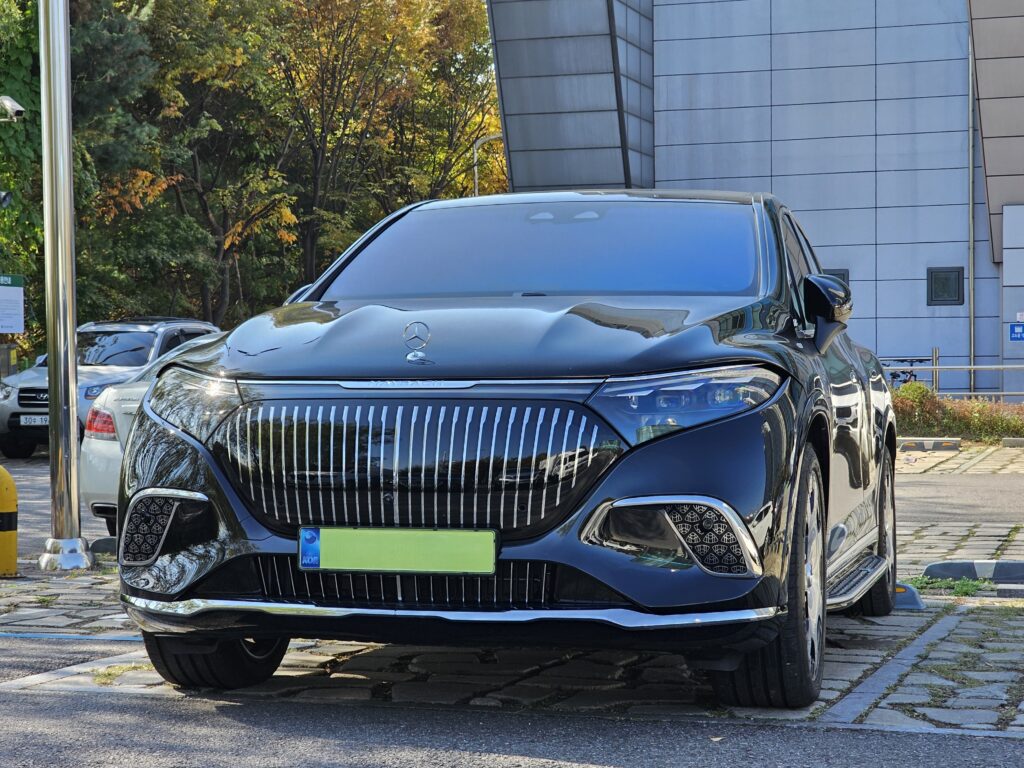
8. **Small SUVs (with problematic CVTs)**
While often marketed for their versatility, spaciousness, and compact utility, many small SUVs, especially those that extensively utilize Continuous Variable Transmissions (CVTs), also fall under Chris Pyle’s umbrella of vehicles to avoid. This broad categorization, encompassing models from various manufacturers but frequently sharing similar underlying transmission technologies, underscores a pervasive vulnerability within this exceedingly popular market segment. The fundamental problem, as Pyle emphasizes, lies in the inherent unreliability and subpar durability of certain CVT designs when subjected to real-world demands.
Pyle’s warning is quite precise: the CVTs installed in many of these small SUVs, mirroring the issues seen in problematic Nissan cars, “do not hold up” to the rigors of long-term use. This expert pronouncement is a critical indicator of potential future headaches and significant financial drains for prospective owners. A transmission, being arguably one of the most complex and undeniably expensive components of any vehicle, failing prematurely means confronting repair costs that can quickly diminish any perceived initial savings from a used purchase, often making the vehicle an unwise investment.
The practical consequence of owning a small SUV with a known problematic CVT extends beyond mere cost. The frequency of potential breakdowns and the high cost of resolution can severely erode an owner’s confidence in their vehicle and significantly diminish its day-to-day convenience. This issue isn’t necessarily confined to a single brand; rather, it suggests a broader concern within the small SUV market where certain transmission types have proven to be less robust and reliable than required for truly long-term, trouble-free operation, regardless of the badge on the hood.
For conscientious consumers, the implication is clear: a small SUV equipped with a documented problematic CVT can rapidly transition from a seemingly practical purchase to a significant financial and operational liability. Diligent research into the specific transmission type and its historical reliability record is absolutely paramount before committing to a used small SUV. Understanding these potential pitfalls upfront is crucial for making an informed decision that truly aligns with long-term value and peace of mind on the road.
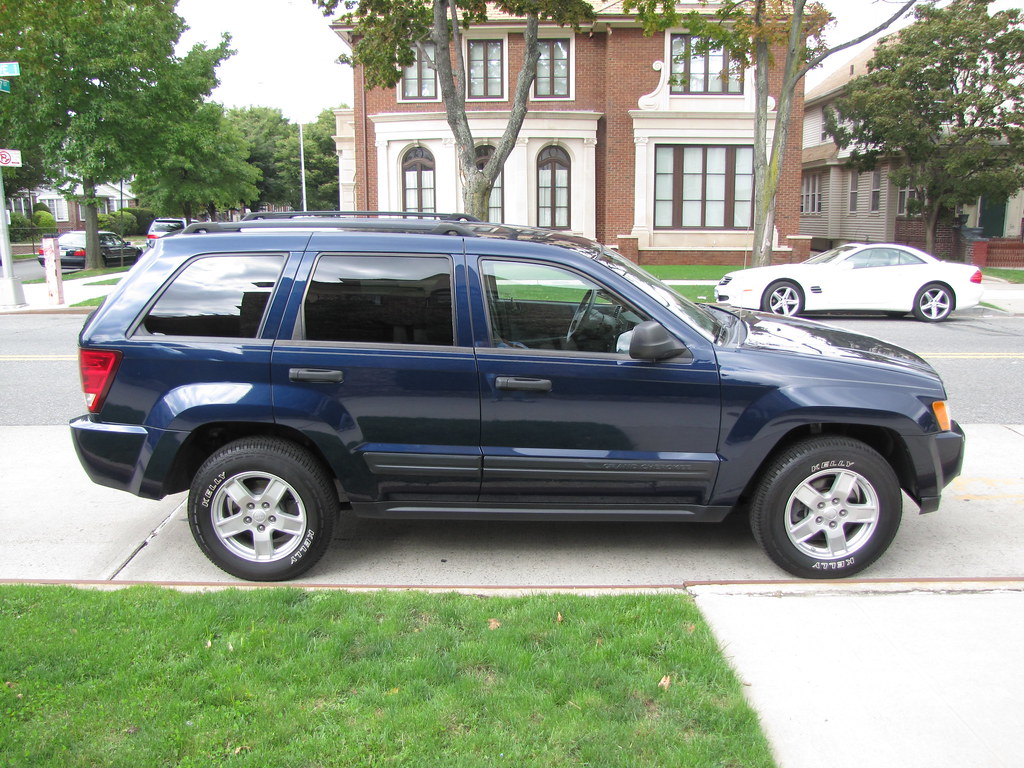
9. **Jeep Grand Cherokee**
Rounding out Chris Pyle’s comprehensive list of vehicles to approach with caution is the popular Jeep Grand Cherokee, a model that, despite its widespread appeal and perceived ruggedness, carries a number of significant ownership risks according to this seasoned mechanic. Pyle’s concerns extend across several critical aspects of vehicle ownership, from the initial purchase price to the long-term frequency and expense of necessary repairs. For consumers seeking a genuinely dependable and economical used SUV, the Grand Cherokee presents multiple points of caution that warrant serious consideration.
Pyle is notably explicit about the pervasive problems he has observed with the Jeep Grand Cherokee throughout his career. He states unequivocally that these vehicles are “plagued with high-cost repairs, premature parts failure from bad manufacturing.” This comprehensive critique points towards a systemic issue, suggesting that various components within the Grand Cherokee are prone to failing much earlier than would be expected or acceptable, leading to a relentless cycle of expensive fixes and considerable inconvenience for owners. Such a pattern of premature failures not only contributes significantly to elevated ownership costs but also reflects negatively on the overall manufacturing quality and long-term reliability of the vehicle.
Independent assessments provide a balanced perspective, generally corroborating a mid-range dependability for the Grand Cherokee, rather than top-tier performance. According to Lisa Conant, writing for carparts.com, the vehicle received an average reliability rating of 3.5 out of 5 from RepairPal, a reputable source for vehicle reliability data. This places it at 15th out of 26 midsize SUVs reviewed across various model years. This average score, while not disastrous, certainly indicates that the Grand Cherokee is not a standout performer in terms of durability and consistent, trouble-free operation within its competitive class.
Furthermore, Pyle points out that the purchase price for a new Grand Cherokee is often excessive, representing a substantial investment for initial buyers. This high upfront cost, combined with the vehicle’s documented propensity for premature parts failure and expensive repairs, leads to a critical piece of advice from Pyle: “If you plan to purchase a new one, before the warranty is over, make sure to purchase an extended warranty.” This strong recommendation underscores the mechanic’s clear expectation of costly repairs even for newer models, making an extended warranty almost a necessity to mitigate the significant financial exposure and provide a degree of peace of mind for the buyer against future unforeseen expenses.
Car Model Information: 2023 Honda Accord LX
Name: Jeep Grand Cherokee
Manufacturer: Jeep
Production: 1992–present
ModelYears: 1993–present
Class: unbulleted list
BodyStyle: sport utility vehicle
Layout: unbulleted list
Chassis: Vehicle_frame#Uniframe
Categories: 2000s cars, 2010s cars, 2020s cars, All-wheel-drive vehicles, All Wikipedia articles written in American English
Summary: The Jeep Grand Cherokee is a range of mid-sized sport utility vehicles produced by American manufacturer Jeep. At its introduction, while most SUVs were still manufactured with body-on-frame construction, the Grand Cherokee has used a unibody chassis from the start.
Get more information about: Jeep Grand Cherokee
Buying a high-performing used car >>>
Brand: Jeep Model: Grand Cherokee
Price: $25,677 Mileage: 15,933 mi.
Read more about: A Costly Lesson Learned: 15 New Cars Buyers Would “Unbuy” to Escape Terrible Fuel Economy
Chris Pyle’s candid and data-driven insights offer a truly invaluable roadmap for anyone navigating the often-treacherous waters of the used car market. His extensive expertise, forged from countless hours in the repair bay, vividly reveals that a car’s true value isn’t merely about its initial aesthetic appeal or attractive sticker price. Rather, it’s profoundly influenced by its hidden liabilities—those ticking time bombs of unforeseen repair costs, patterns of premature failures, and steep depreciation. By meticulously heeding these expert warnings and diligently researching a vehicle’s historical reliability and common issues, consumers can powerfully transform a potentially costly gamble into a truly informed, financially sound, and ultimately rewarding investment. Making smart choices in the used car market is not just about saving money; it’s fundamentally about securing long-term peace of mind, ensuring reliability, and protecting your hard-earned assets on the road ahead for years to come.

